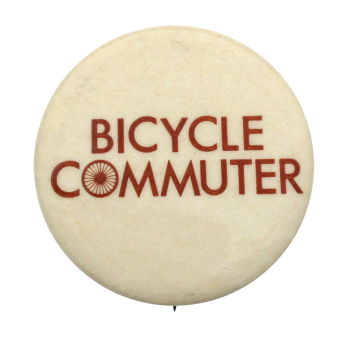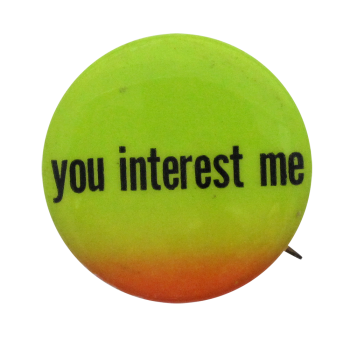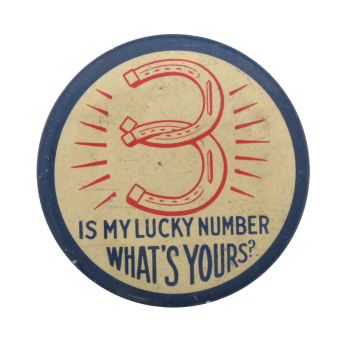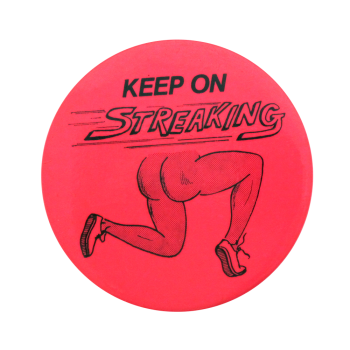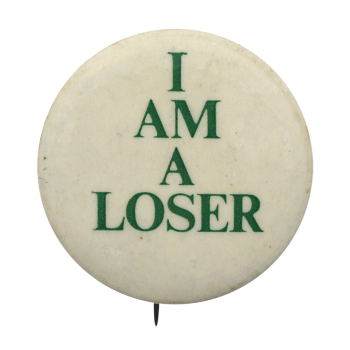Happiness of Another
| Category | |
|---|---|
| Additional Images | |
| Sub Categories | |
| Text on Button | To LOVE IS TO PLACE OUR HAPPINESS IN THE HAPPINESS OF ANOTHER |
| Image Description | An illustration of a butterfly flying near clouds and a rainbow accompanied by a message written in black text. The backround consists of green grass on the bottom and blue sky on the top. |
| Curl Text | © 1982 GREENWOOD ENTERPRISES MAGNA BUTTONS ® |
| Back Style | |
| The Shape | |
| The Size | |
| Year / Decade Made | |
| The Manufacturer | |
| Additional Information | “To love is to place our happiness in the happiness of another” is a quote from Gottfried Wilhelm Leibniz, an eminent German mathematician and philosopher. Leibniz is credit with the development of differential and integral calculus, independently of Sir Isaac Newton. Leibniz also refined the binary number system which is the basis of all digital computers. He is distinguished scientist as well as philosopher. Leibniz conceive the concept of "optimism," where the world is balanced, perfection and imperfection coexists because God will not choose to create an unbalanced, flawed world. |
| Catalog ID | IB0363 |



